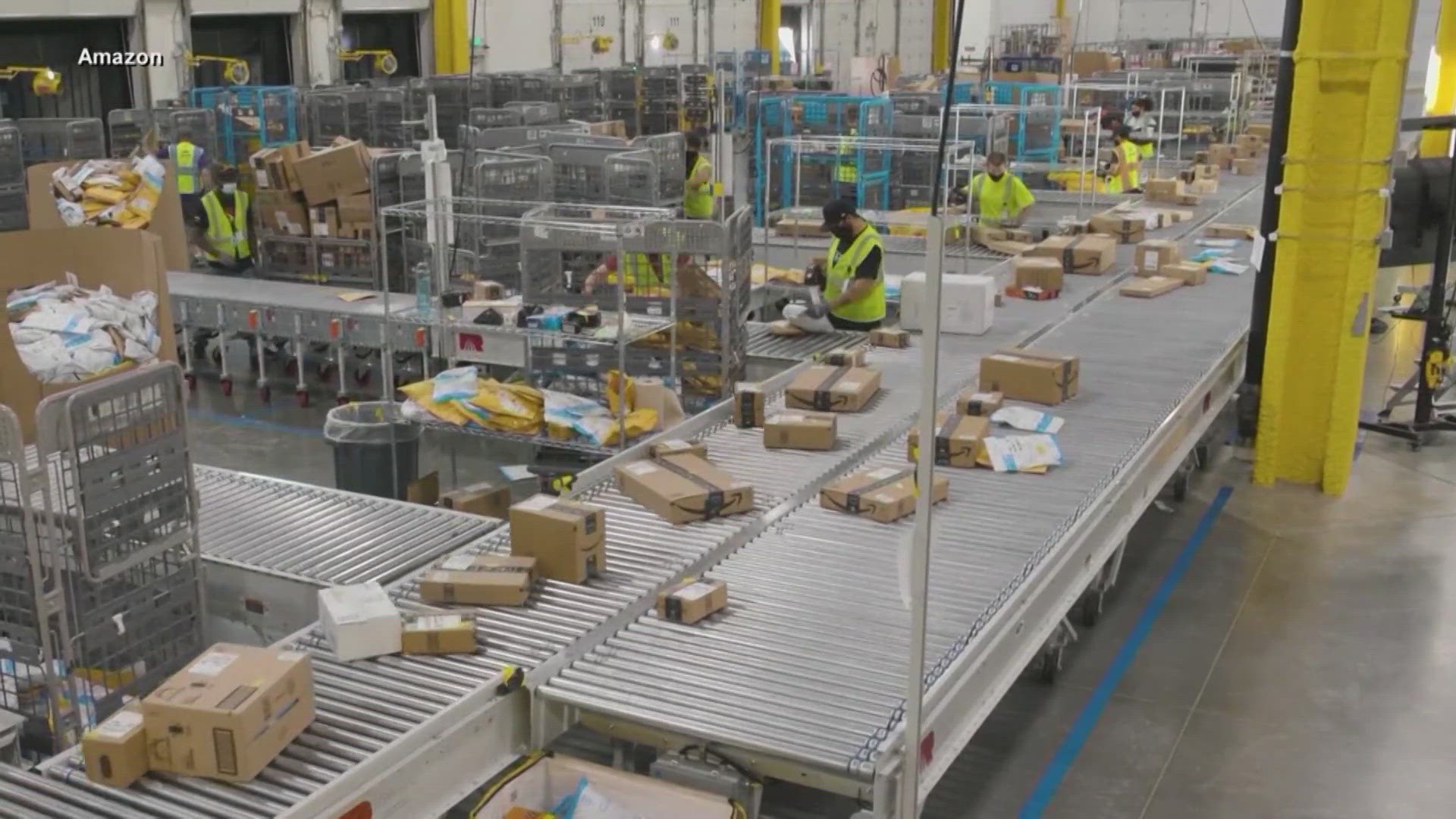MOLINE, Ill. — Each year, millions of bargain-hunting Americans look to Amazon’s Prime Day to capture those large online discounts for their shopping needs. This year, Amazon’s two-day Prime Day event was held last Tuesday and Wednesday. But with consumers still facing high inflation, just how willing are they to spend their money?
News 8's Devin Brooks spoke with Mark Grywacheski from the Quad Cities Investment Group to give some insight into these questions.
Devin: What are we hearing about some of the retail sales numbers from this year’s Prime Day event?
Mark: Even though Prime Day was created back in 2015 as a way for Amazon to promote its own online shopping business, over the years this annual event has really expanded across the broader retail industry. Now you see other retailers — both large and small — offering their own online discounts and promotions to entice shoppers to spend their money.
This year, American shoppers spent a record-high $14.2B in online sales last Tuesday and Wednesday. This is up 11.8% from last year and slightly above the $14B that was forecast. So, I think the retail industry is very pleased with these numbers given the uncertainty/apprehension over the state of the American consumer.
Devin: Given that we still have high inflation, why do you think we saw such strong sales numbers over Prime Day? Are we still seeing a lot of strength in consumer spending?
Mark: When you look at the broader consumer spending data we are starting to see some softening in consumer spending. I think high inflation and high interest rates play a major role in that.
But I think it’s BECAUSE of high inflation that we saw such strong numbers over Prime Day. One of the hallmarks of this Prime Day event is that retailers tend to offer steep discounts and promotions. And I think shoppers use this as an opportunity to buy those items on their to-do lists in a way they can save some money.
For example, back-to-school items were very popular over Prime Day. So, if you can get those items — which you’re going to have to buy anyway — but now at a greatly reduced price, it helps families stretch their household budgets.
Devin: What were some of the bigger shopping trends we saw over Prime Day?
Mark: One of the major trends we saw during Prime Day was the growing use of what’s called Buy Now Pay Later services. BNPL is a short-term financing option that allows consumers to make either low-interest or in some cases even no-interest installment loans for their purchases.
So, consumers can use this BNPL platform instead of putting their purchases on high-interest credit cards. Right now, the average interest rate on new credit cards is nearly 25%. Over the past three years, purchases using BNPL have increased by 113%. It’s another way that consumers are trying to adapt to this inflation problem.
Devin: But what if we missed Prime Day? Are there still any large discounts out there or do we have to wait until next year?
Mark: The good thing about Prime Day is that it’s really created this broader July shopping season that extends beyond this two-day shopping event. There’s still a lot of deals to be had out there if you look for them.
___________________________________________
Quad Cities Investment Group is a Registered Investment Adviser. This material is solely for informational purposes. Advisory services are only offered to clients or prospective clients where Quad Cities Investment Group and its representatives are properly licensed or exempt from licensure. Past performance is no guarantee of future returns. Investing involves risk and possible loss of principal capital. No advice may be rendered by Quad Cities Investment Group unless a client service agreement is in place.
Watch more Your Money with Mark segments on News 8's YouTube channel

